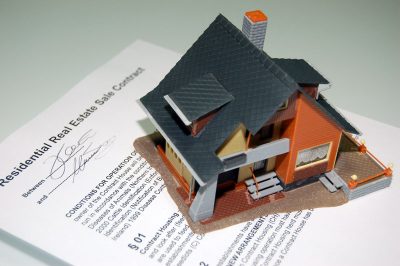To many people, real estate may seem like a relatively static industry. New homes are built, of course, but the business of buying and selling homes doesn’t change much in the eyes of the casual observer. Despite these perceptions, however, the world of real estate is constantly evolving. In fact, the climate of the industry today is practically unrecognizable from what it was 10, 20, and even 30 years ago. This raises a different question: What’s responsible for the transformations that are reshaping real estate?
Changes in home construction are probably one of real estate’s greatest changes in the recent past. The industry is constantly improving the quality of the finished product, and every aspect of construction–especially home construction–is improving over time. For example, homes are now built from less toxic and stronger, more sustainable materials, like water-based paint and synthetic wood. Many new homes are being built larger and larger than ever before. These improved materials and practices illustrate that real estate is changing to offer buyers better, more valuable homes.
Another key change to home construction is the emphasis on energy efficiency. Today, HVAC systems can come equipped with furnaces with advanced, computer controlled-chambers that can sense the temperature outside and make adjustments to how hot or cold it is in your home so that you don’t needlessly waste energy. Even windows have gotten an upgrade, as many of the windows currently on the market come standard with reflective low-e glass and vinyl frames to reduce your home’s heating or cooling loss. Energy efficient home construction isn’t just more environmentally responsible, but it also further demonstrates how contemporary homes provide their owners with more value.
Contemporary real estate also places much more emphasis on a home’s design. Customers are paying much more attention to their prospective home’s layout, style, and overall aesthetic, so the real estate industry is changing to reflect those interests. Popular trends in design include larger kitchens with double sinks and plenty of space for sitting and eating as well as smaller living rooms. These changes–better materials, improved energy efficiency, better design–can lead to increases in the price of a home, but that’s to be expected. After all, the price isn’t the only part of a home that’s increased: The home’s quality has increased immeasurably as well.

